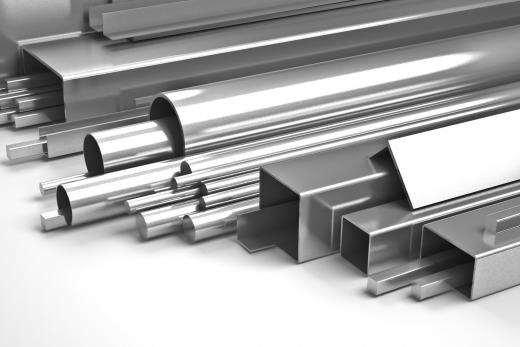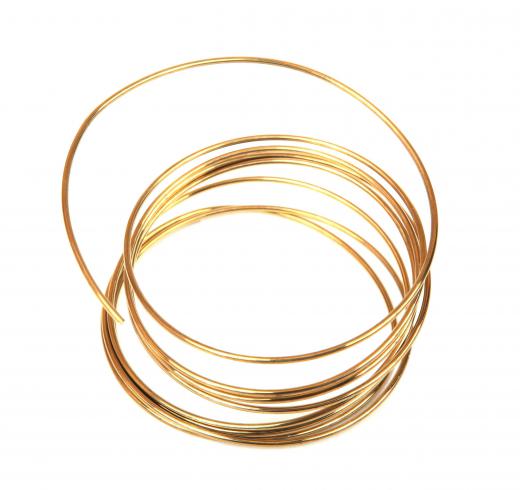Electrical discharge machining (EDM) is a machining method primarily used for hard metals or those that would be impossible to machine with traditional techniques. One critical limitation, however, is that it only works with materials that are electrically conductive. This method is especially well-suited for cutting intricate contours or delicate cavities that would be difficult to produce with a grinder, an end mill or other cutting tools. Metals that can be machined with EDM include hastalloy, hardened tool-steel, titanium, carbide, inconel and kovar.
This method is sometimes called "spark machining" because it removes metal by producing a rapid series of repetitive electrical discharges. These discharges are passed between an electrode and the piece of metal being machined. The small amount of material that is removed from the workpiece is flushed away with a continuously flowing fluid. The repetitive discharges create a set of successively deeper craters in the work piece until the final shape is produced.

There are two primary electrical discharge machining methods: ram and wire. The primary difference between the two involves the electrode that is used to perform the machining. In a typical ram EDM application, a graphite electrode is machined with traditional tools. The now specially-shaped electrode is connected to the power source, attached to a ram, and slowly fed into the workpiece. The entire machining operation is usually performed while submerged in a fluid bath. The fluid serves the following three purposes:
- it flushes material away,
- it serves as a coolant to minimize the heat affected zone, thereby preventing potential damage to the workpiece, and
- it acts as a conductor for the current to pass between the electrode and the workpiece.
In wire EDM a very thin wire serves as the electrode. Special brass wires are typically used; the wire is slowly fed through the material and the discharges actually cut the workpiece. This method is usually performed in a bath of water.

If someone was to observe the wire EDM process under a microscope, he would discover that the wire itself does not actually touch the metal to be cut; the electricity actually removes small amounts of material and allows the wire to be moved through the workpiece. The path of the wire is typically controlled by a computer, which allows extremely complex shapes to be produced.
Perhaps the best way to explain this method is to use the example of a thin metal wire stretched between two hands, slid though a block of cheese, cutting any shape desired. The positions of the hands can be altered on either side of the cheese to define complex and curved shapes. Wire EDM works in a similar fashion, except that it can handle some of the hardest materials used in industry. In dragging a wire through cheese, of course, the wire is actually displacing the cheese as it cuts, but in EDM, a thin kerf is created by removing tiny particles of metal.
This form of machining is frequently used to make dies and molds. It has recently become a standard method of producing prototypes and some production parts, particularly in low volume applications.

